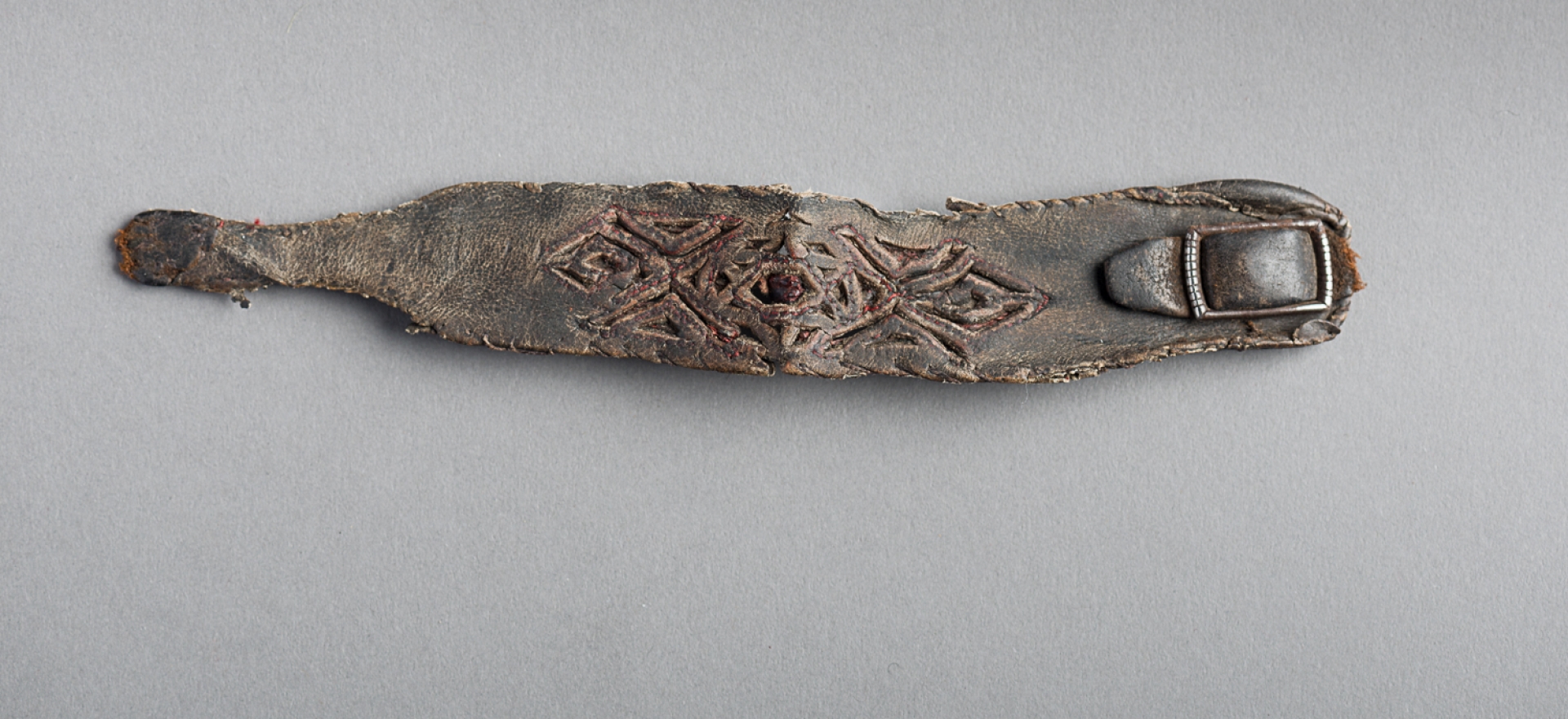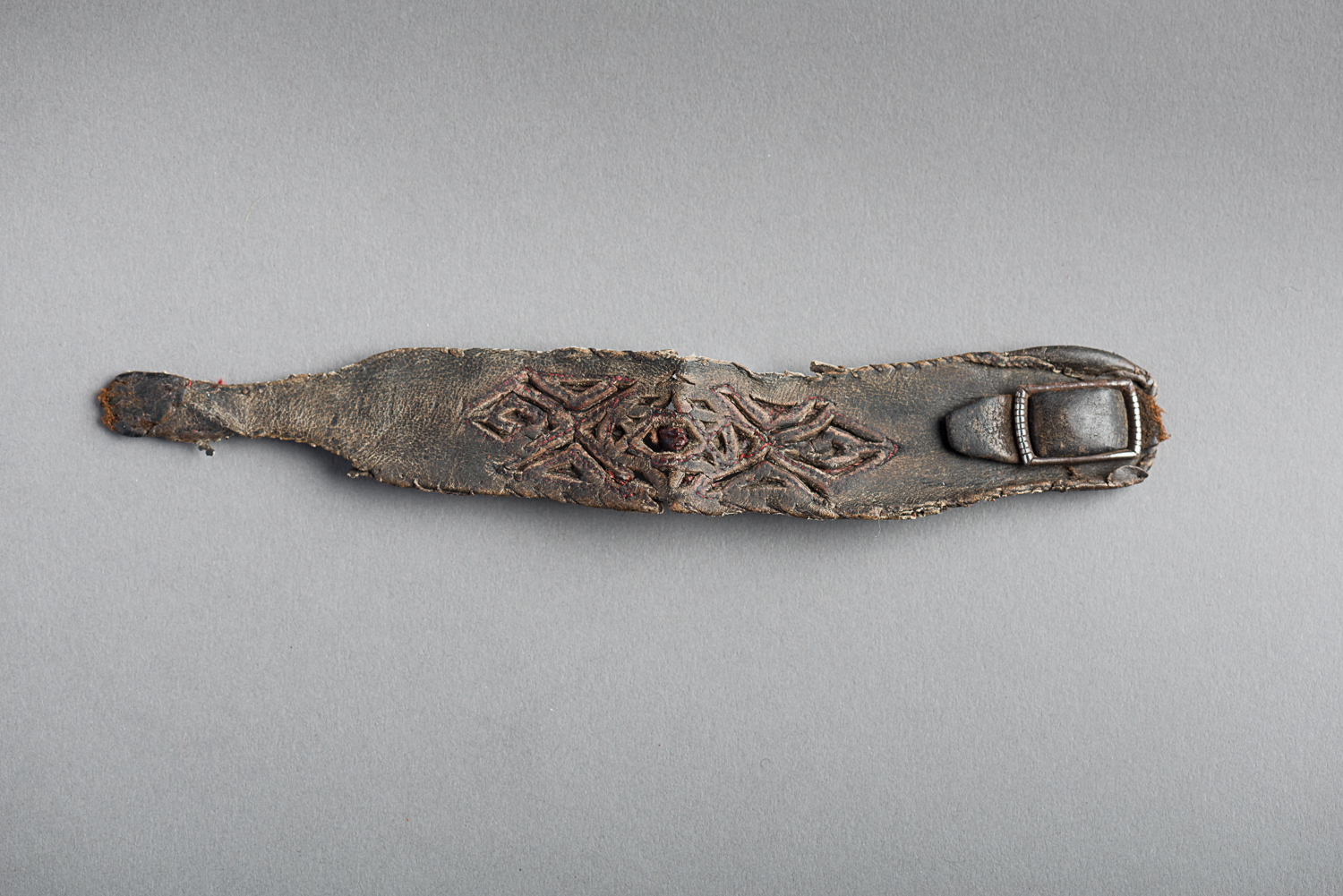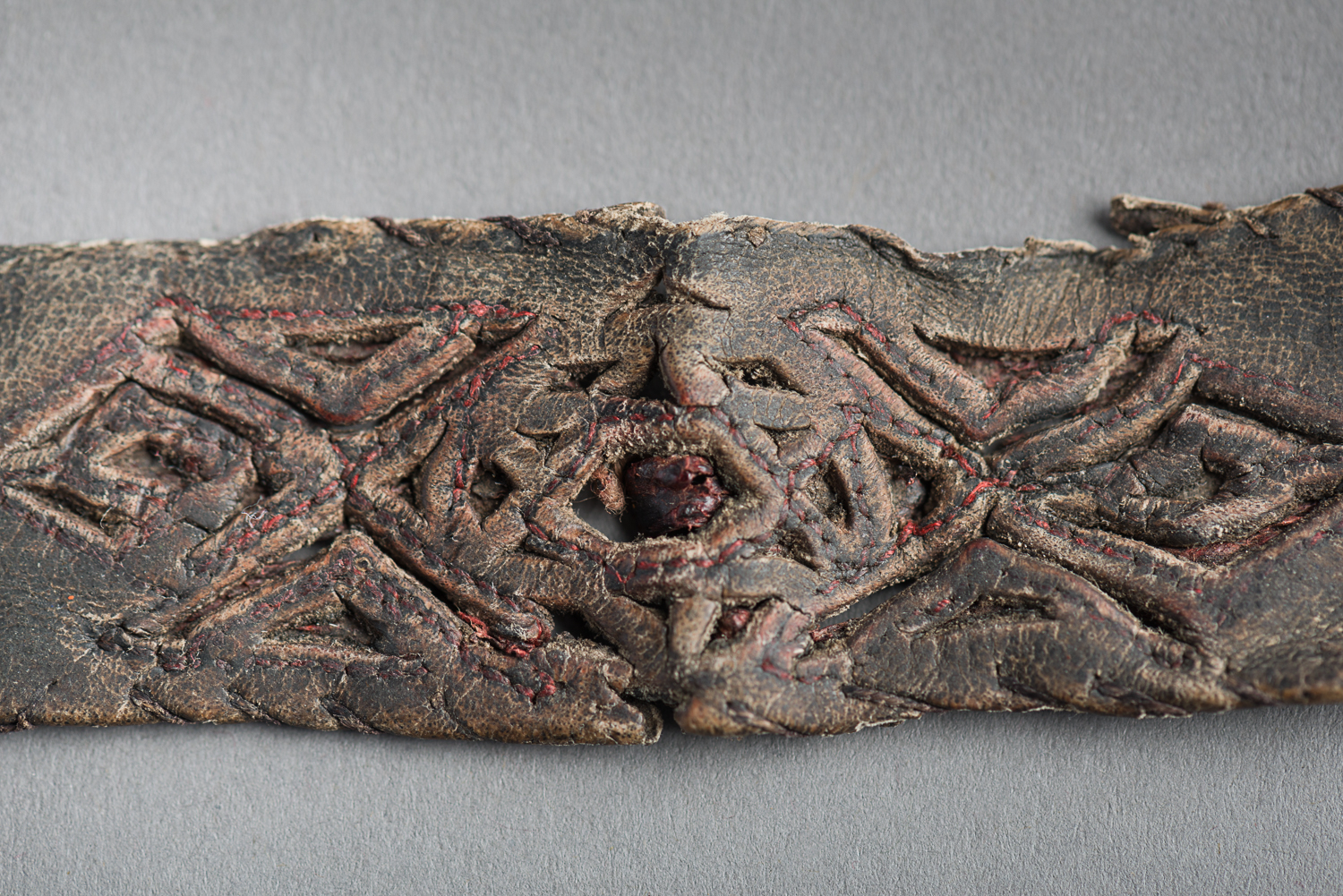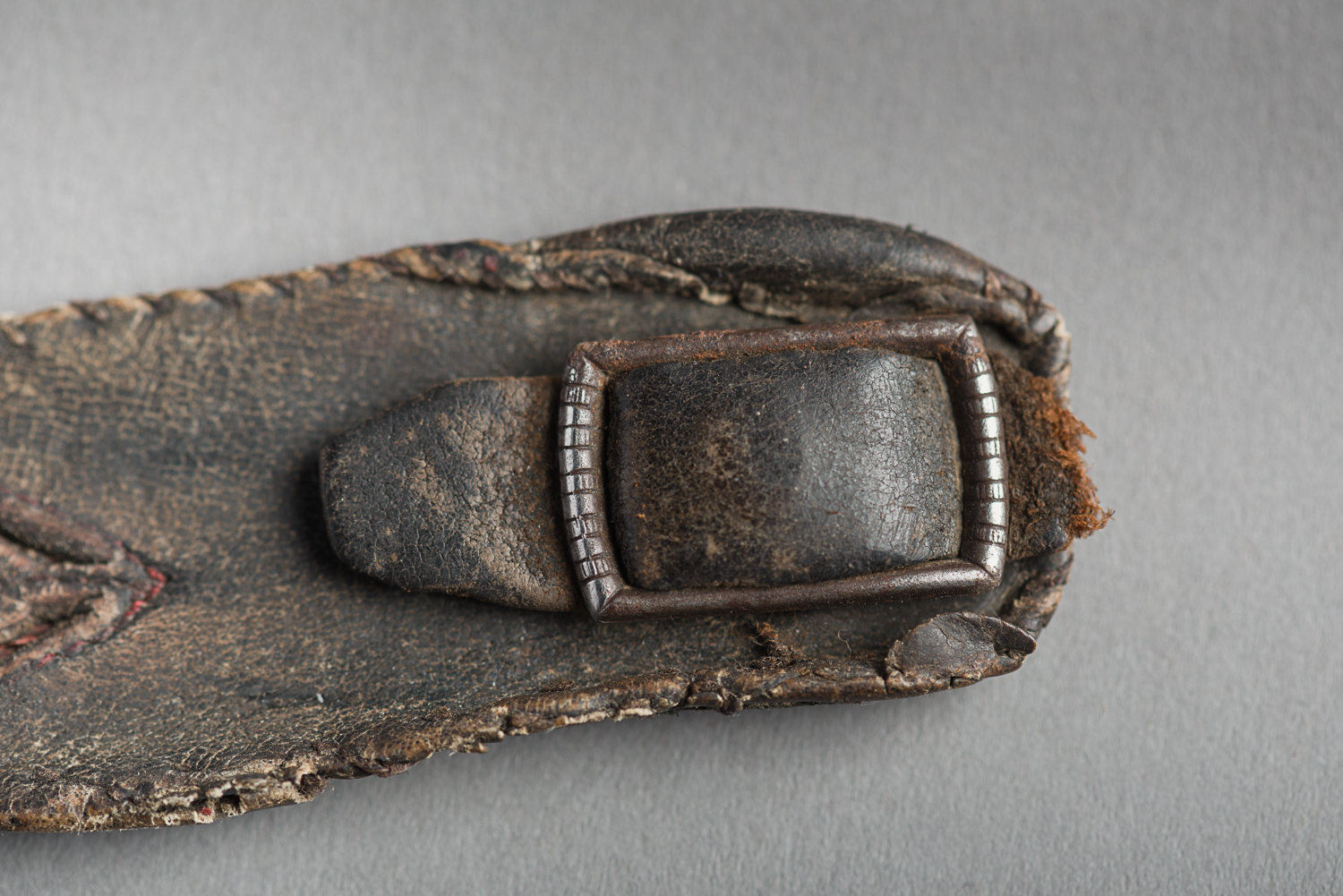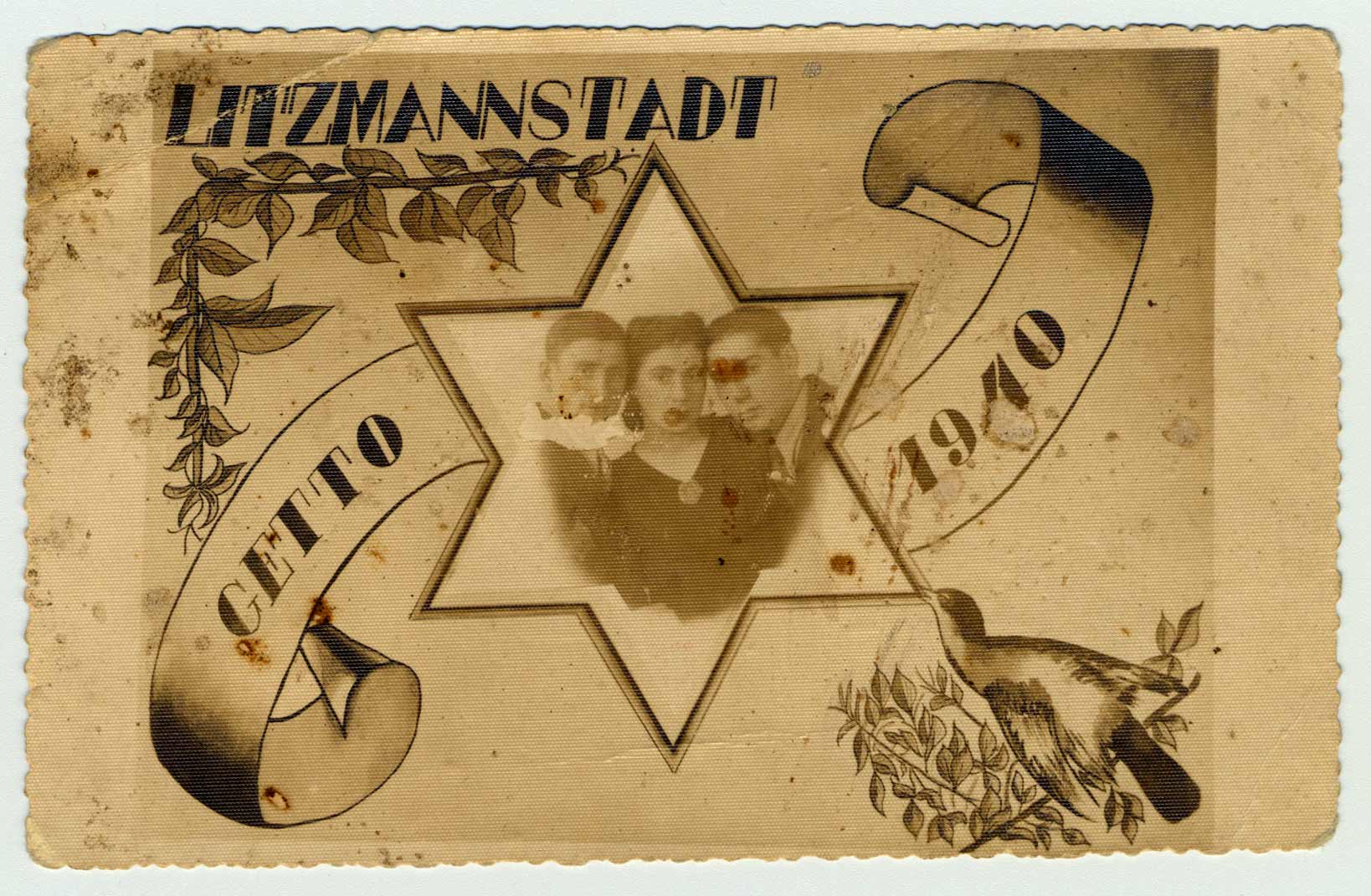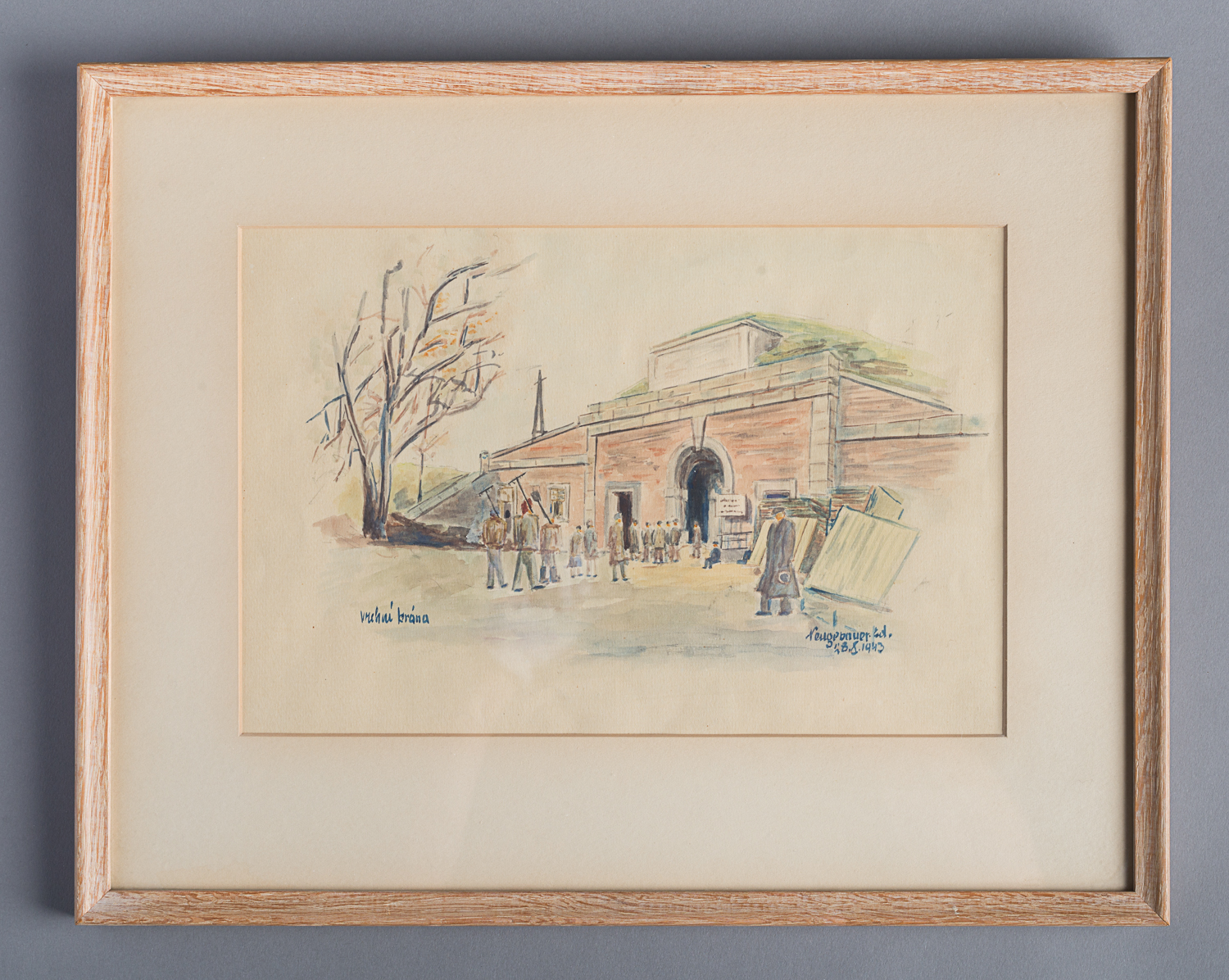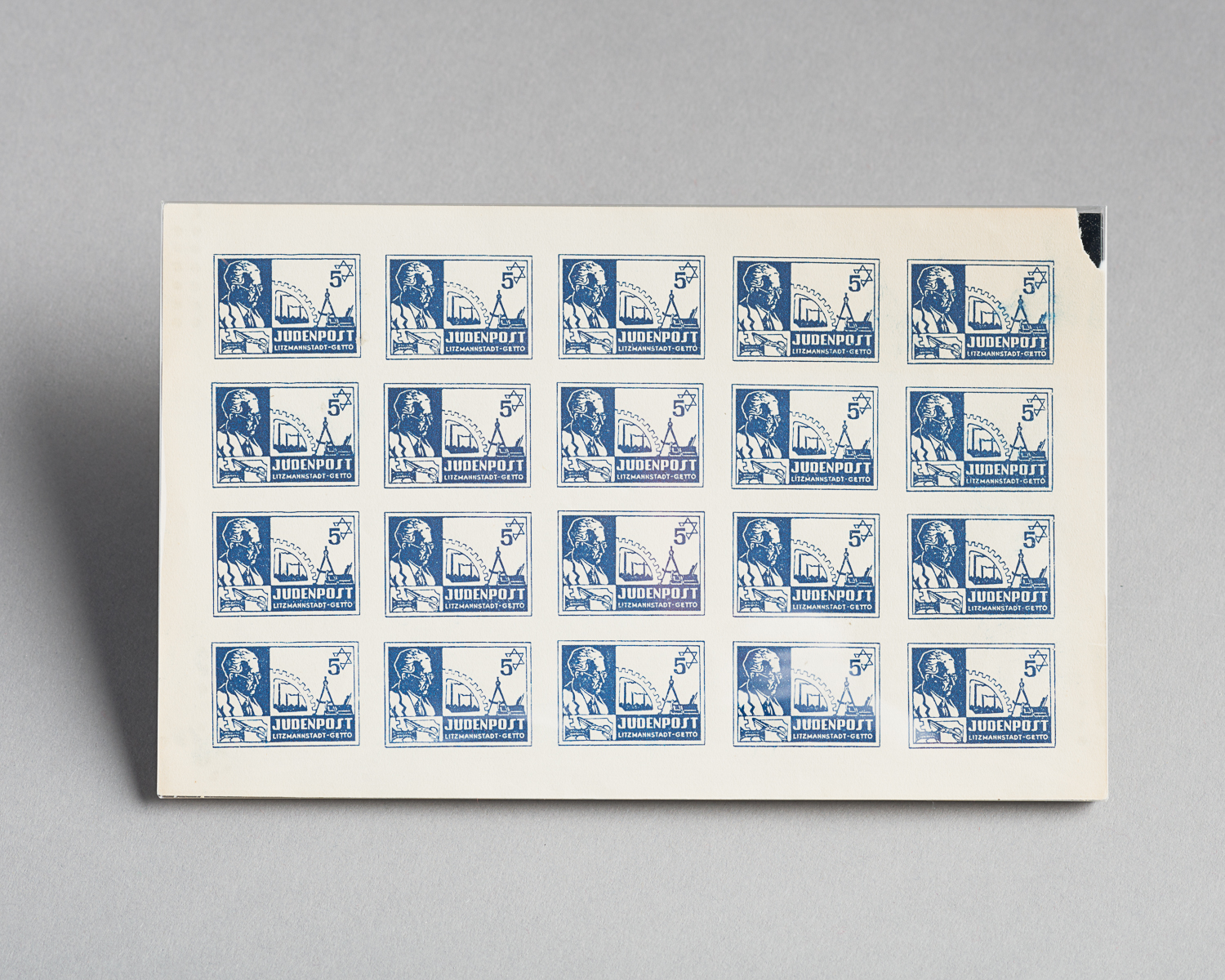This leather bracelet was embossed and embroidered with red thread. It was handmade by a friend of Kuba Lublinski who gave it to him in the Lodz ghetto.
The Scarcity of Materials in the Ghettos
The ghetto economy was isolated from the outside, and shortages of food and goods were frequent. Since it was almost impossible to get new materials, Jews living in ghettos had to use whatever they could find. This handmade gift is a testament to the friendship that endured despite the harsh living conditions in the ghetto.
Kuba Lublinski was deported to Auschwitz on August 27, 1944, where he was killed. His brother Josef was also deported to Auschwitz, but survived.
Josef gave this bracelet to the Montreal Holocaust Museum in 1990.
This project is part of the implementation of the Plan culturel numérique du Québec.
